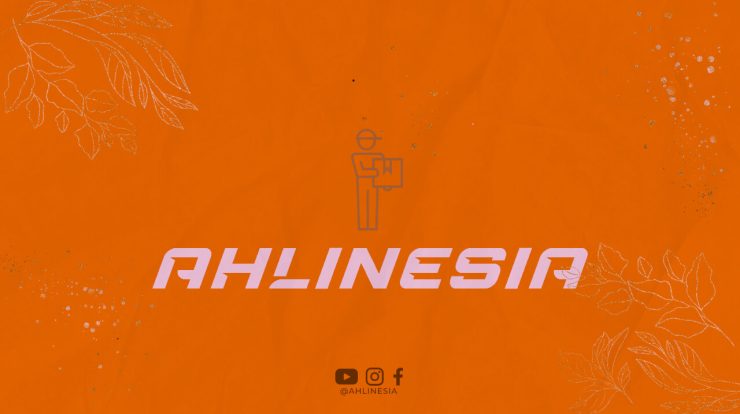
Are you a student wondering if you can pursue your studies in Australia after completing your 10th grade? Well, the answer is yes! Australia offers various educational opportunities for students, even after completing their secondary education. In this article, we will explore the possibilities and requirements for studying in Australia after the 10th grade.
Why Choose Australia for Further Studies?
Australia is renowned for its high-quality education system and globally recognized universities. Studying in Australia opens up a world of opportunities, providing you with a solid foundation for your future career. The country offers a diverse range of courses and programs to cater to the needs and interests of international students.
Pathways to Higher Education
After completing your 10th grade, there are several pathways you can consider to pursue higher education in Australia. Let’s explore some of the options:
1. Vocational Education and Training (VET)
VET courses are designed to provide practical skills and knowledge in various industries. These courses are a great option for students who prefer a hands-on approach to learning. VET courses typically range from certificate level to advanced diplomas and can be completed in a shorter duration compared to a university degree.
Australian vocational institutions are renowned for their industry connections, ensuring that graduates are job-ready upon completion. This pathway can be an excellent choice for students who want to enter the workforce sooner or gain practical skills before pursuing higher education.
2. Foundation Studies
If you wish to improve your academic skills and meet the entry requirements for university programs, foundation studies are an ideal option. Foundation studies provide a bridging program to prepare students for higher education. These programs typically last for one year and focus on improving English language skills, study techniques, and subject-specific knowledge.
Successfully completing a foundation program will equip you with the necessary skills and knowledge to excel in your chosen field of study at the university level.
3. Technical and Further Education (TAFE)
TAFE institutes offer a wide range of vocational courses, similar to VET programs. These institutes focus on practical skills and provide industry-relevant training. TAFE courses can lead to qualifications such as certificates, diplomas, and advanced diplomas.
Many TAFE courses offer credit transfers, meaning you can use the credits earned from your TAFE studies towards a university degree. This pathway provides flexibility and allows you to gain practical skills while working towards a higher qualification.
4. English Language Courses
If English is not your first language, it is essential to have a good command of the language before pursuing higher education in Australia. English language courses, such as English for Academic Purposes (EAP) or IELTS preparation courses, can help you improve your language skills and meet the English language requirements of Australian universities.
5. Direct Entry to University
While many university programs require completion of the 12th grade or equivalent, some universities in Australia offer direct entry options for students who have completed their 10th grade. However, the entry requirements may vary among universities and courses.
It is crucial to research and contact the universities directly to inquire about their specific entry requirements and any additional prerequisites you may need to fulfill.
Visa Requirements and Application Process
Once you have chosen your preferred pathway and institution, it is essential to understand the visa requirements and application process for studying in Australia.
International students generally require a student visa (subclass 500) to study in Australia. To obtain a student visa, you need to meet certain criteria, such as providing proof of enrollment, financial capacity, and health insurance coverage.
It is recommended to consult the official website of the Australian Department of Home Affairs or seek assistance from a registered migration agent to ensure you have the most up-to-date and accurate information regarding visa requirements and the application process.
Conclusion
Studying in Australia after the 10th grade is indeed possible. With various pathways available, including VET courses, foundation studies, TAFE programs, and direct entry options, students have the opportunity to pursue their educational aspirations and gain valuable skills for a successful future.
Remember to thoroughly research your desired pathway, understand the specific entry requirements of your chosen institution, and familiarize yourself with the visa requirements and application process. By doing so, you can embark on an exciting educational journey in Australia and enjoy the numerous benefits it offers to international students.





